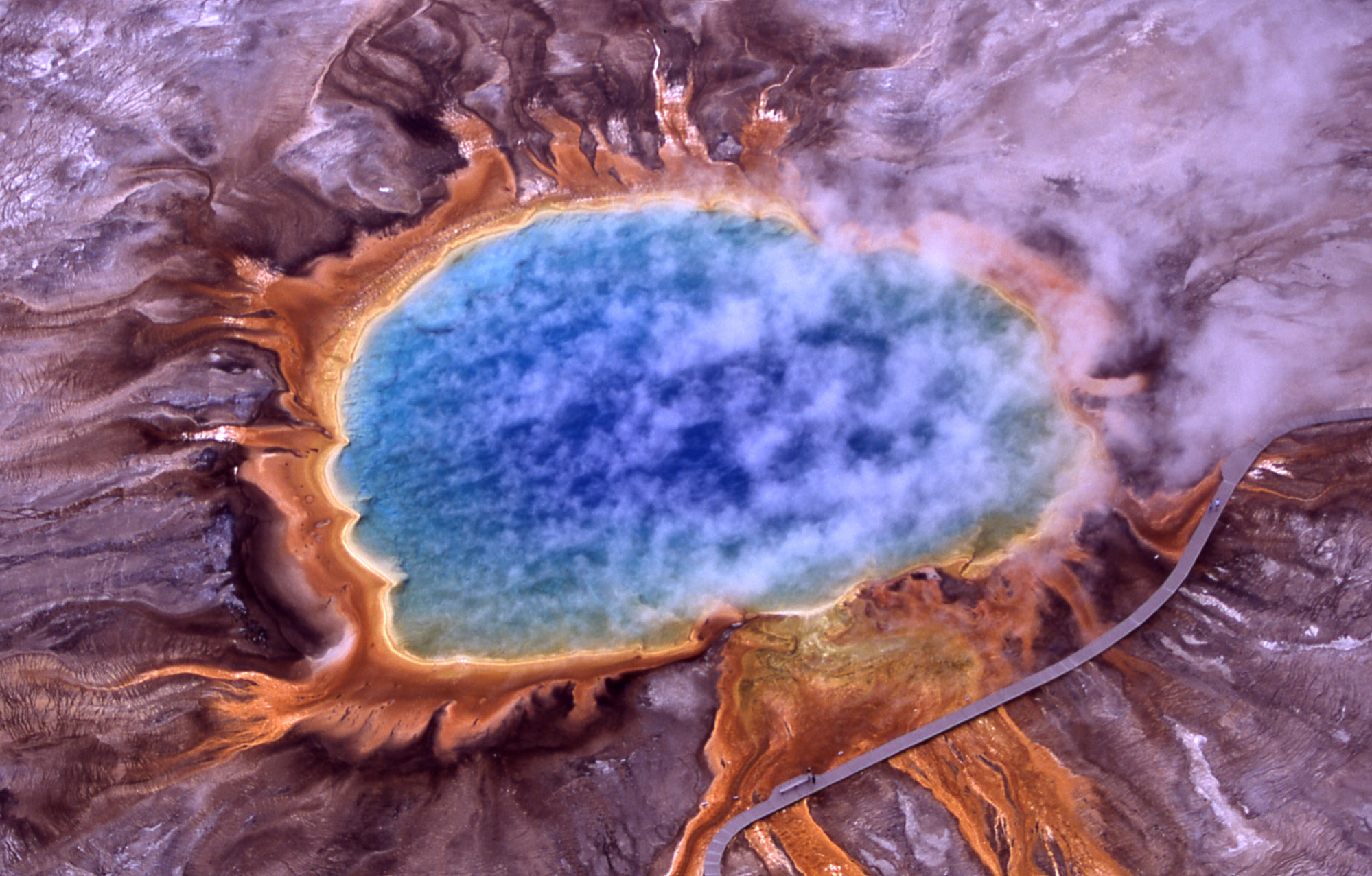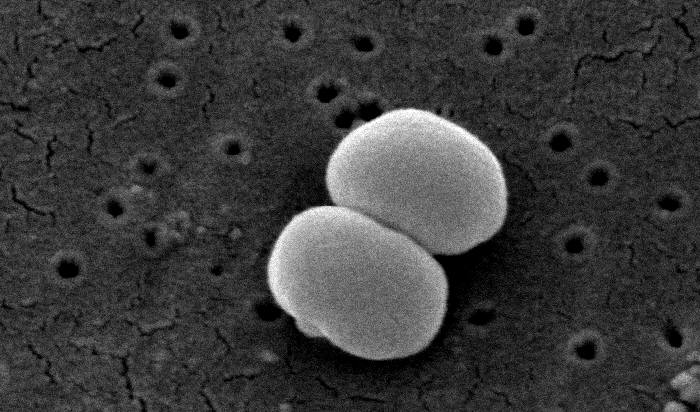As someone who studied microbiology in undergraduate, I can be a little bit dense on what the general public knows about my field. So today, I'm going to talk about the microbiome, specifically your microbiome. This is going to be the briefest touches into the complicated relationship we have with microbes and hopefully this will help you understand things a little bit better.
First off, I didn't realize how lacking this stuff was in pop consciousness. There aren't any youtube videos about this with more than 5k views, only one TED talk. The only real stuff that starts hitting the public image is probiotics (which are marginally effective at best) and honestly is putting practical application to something we don't know the intricacies of just yet. (Also to sell you pills. Don't take probiotic pills. Eat yogurt, it's cheaper. Obligatory: this is not medical advice.)
 |
| Grand Prismatic Spring, Yellowstone National Park Color variation due to microbial biofilms. |
The second bit is that most scientists really don't do a good job at explaining cutting edge science for people that don't speak their sub-variant of geekenese. I'm going to try and do this justice with links and other good things. The first thing you have to know about microbes is that they are everywhere. Literally almost everywhere. Except in specifically sterile places and on molten rock surfaces, there are microbes on and in everything. Boiling pools of sulfur? Totally. Thriving in the hearts of glaciers? Of course. In solid rock miles under the earth's surface? You betcha. Six miles into the sky riding on updrafts? I'm certainly glad I'm not.
The long story short is that wherever microbes can live, they will. Some of these things eat sulfur, arsenic with a side of methane for breakfast, and others only divide once every millenia and a half. Quite a few of these things think that the conditions that humans need for life are extremely toxic (namely oxygen, but anaerobes are finicky to say the least), but there are entire communities that not only live with the same conditions that humans do, but need conditions that humans create. I'm not talking the fungi that live in dishwashers, but almost every surface of our body is completely coated in microbes.
**A quick side note: surface means "not in the body". Your intestinal tract, your sinuses, insides of your lungs, and inner ears are all outside your body as much as your skin is. (Yes they are all coated in microbes too.) Pretty much all animals that developed past sponges are roughly donut shaped with regards to body surface.**
Before you get the hand sanitizer and start dipping yourself in it, know that this is a good thing. A really good thing. All those pathogens that are constantly trying to infect you and eat you? They have to not only get past the body's defenses but also out compete an entire ecosystem of microbes that have specifically adapted to your body conditions. Not your friend's body conditions either: every person has a completely unique set of microbes and every single surface of your body has a different set of flora specifically evolved to grow there. Your skin microbes that grow on your elbows are different from those that live in your scalp, from those that live in your armpits, from your eyelids, and even your bellybutton.
They eat pretty much everything that can be eaten and actively hate on anything that is trying to make a foothold on your body that isn't already there. Now anything and everything that you touch puts new microbes on your skin and puts your skin microbes on everything that you touch. This includes other people.
 |
| Staphylococcus epidermidis, Common skin flora Scanning Electron Image |
So you have this really badass crew of microbial bodyguards on your skin. What about everywhere else? Well, we know a lot but we don't know everything. We know that your gut microflora produces vitamins (primarily K) and breaks down things that we can't normally process. Neither cows nor termites can break down cellulose in plants, but they both have closely symbiotic microbes that do that job for them. That's cool and everything, but I mean it's not like there are that many microbes on us, right? We can't even see them!
Ha. Yeah. Nope. You are only 10% Human. Out of the entire biomass that you occupy, only 1 in 10 of your cells contains your DNA sequence. The rest are many, many, many varieties of microbes each with their own set of genes, proteins, and enzymes. Your initial set of microbes is from when you are born and come into contact with your mom, and breastfeeding is shown to pass along and promote gut microflora. Everything from there is gathered as you go. If you've been somewhere once, you probably have some microbes that are unique to that exact location. Heck, if you meet someone from somewhere you've never visited, you might have picked up microbes unique to that location from them!
Every single person is completely coated in unique, human-specific organisms whose community composition dictates how we break down food, smell, develop cavities, maintain clear skin, derive nutrients, avoid infections, and much more that is still being discovered. Trying to get rid of them is pointless and ultimately harmful.
Also, please wash your hands: they are really disgusting.
No comments:
Post a Comment